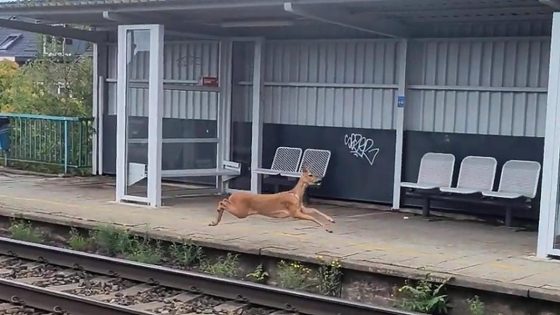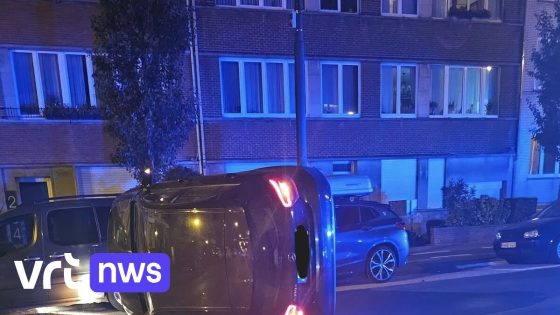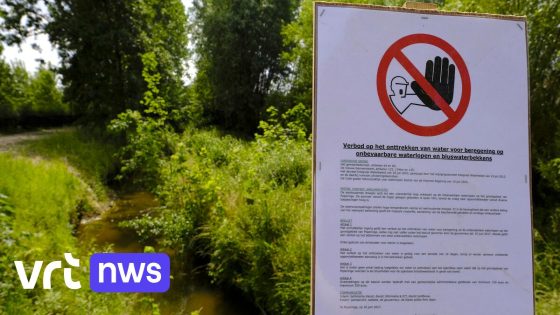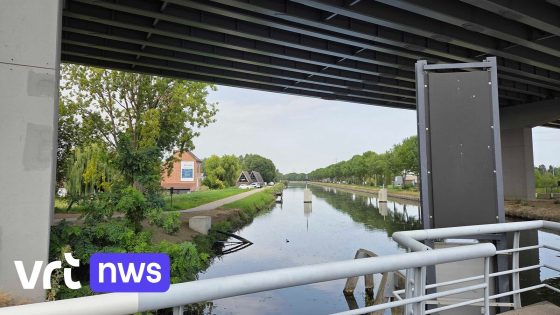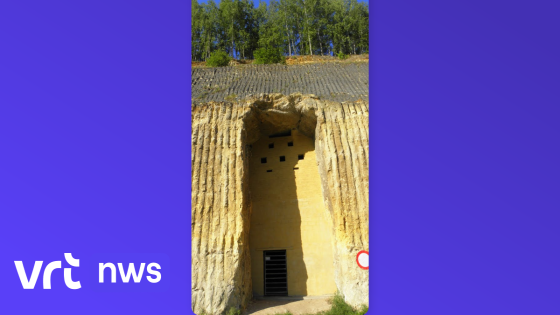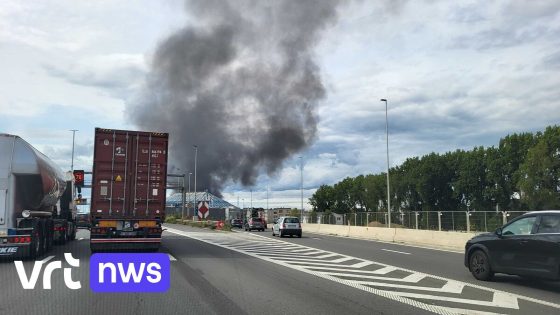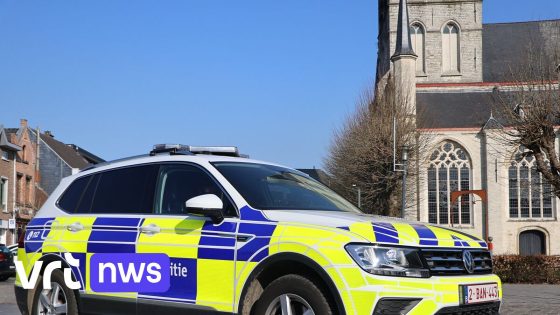Wildlife sightings in urban areas are becoming more common in Belgium, sparking both curiosity and concern among locals. On 2025-08-02 20:30:00, Pieter and his family experienced a rare encounter with a roe deer while waiting for a train to Eeklo. This unexpected moment highlighted the increasing presence of wild animals near busy transport routes.
- Pieter spots deer near train tracks
- Deer runs toward busy Gent-Sint-Pieters station
- Train stops; deer safely jumps aside
- Pieter protects children from traumatic scene
- More wildlife recently seen in Gentbrugge
- Nuytinck notes rare deer sighting locally
Pieter, who is also chairman of the Ghent Environmental Front, noticed the deer crossing dangerously close to Gent-Sint-Pieters station. How often do city dwellers get to see such wildlife, and what risks does this pose? His quick thinking helped prevent a potential accident, especially with his young children present.
Such sightings raise questions about urban wildlife management and coexistence. What does this mean for residents of Gentbrugge and other Belgian cities? Let’s explore the implications and what locals should watch for.
Why are more wild animals appearing in city areas like Gentbrugge? This trend may reflect changes in habitat and urban expansion. Consider these points:
- Increased sightings of foxes, martens, and now roe deer suggest wildlife is adapting to urban environments.
- Train tracks near residential zones pose risks for both animals and commuters.
- Local environmental groups, such as the Ghent Environmental Front, play a key role in monitoring and protecting urban wildlife.
As wildlife continues to venture into urban spaces, it’s crucial for residents and authorities to collaborate on safety and conservation efforts. Will Belgian cities enhance measures to protect both people and animals in the near future?



